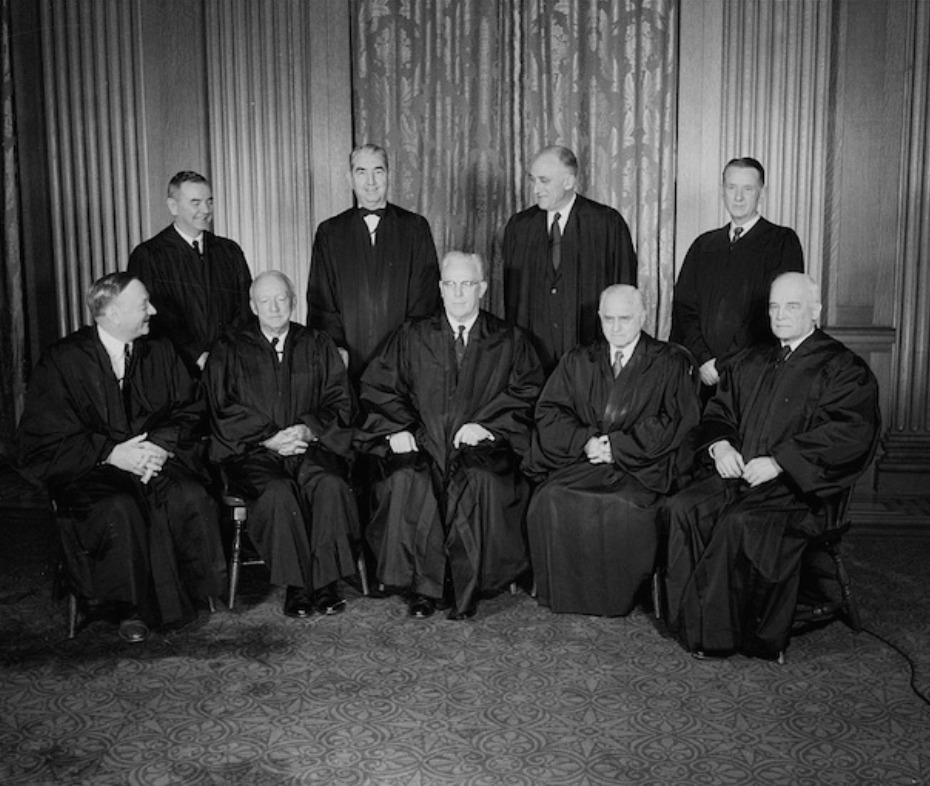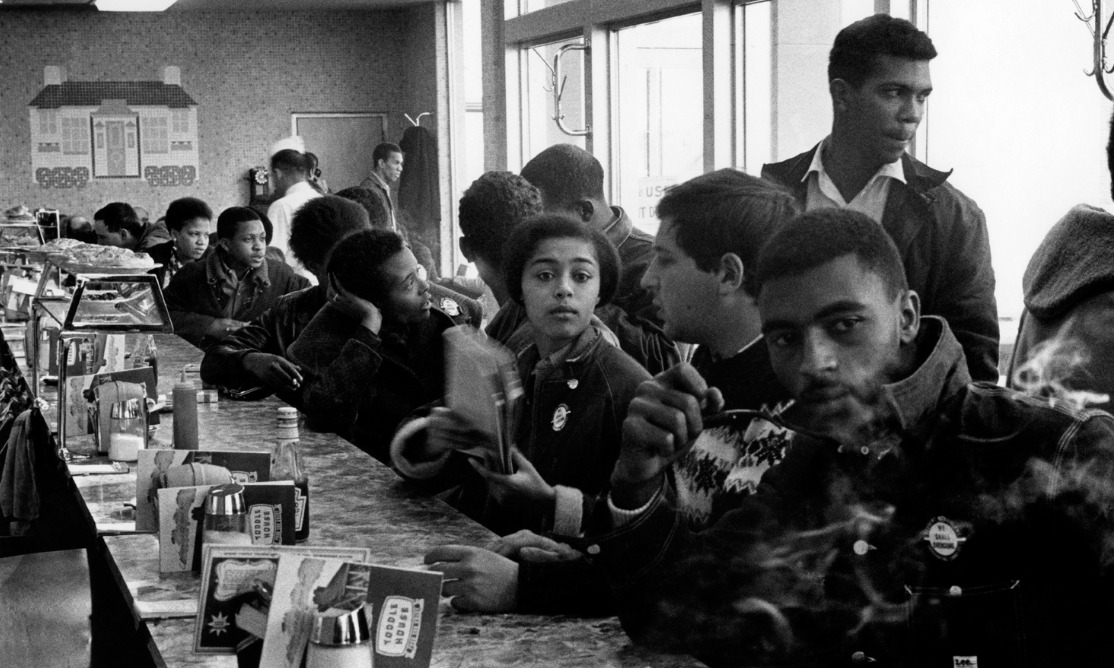Breaking the Chains of Segregation: The Long Road to Integrated Education in America
Cooper v. Aaron (1958)
Cooper v. Aaron was a 1958 court case that resulted from opposition in the American South to the Supreme Court's 1954 ruling in Brown v. Board of Education, which ruled that racial segregation in public schools was unconstitutional.
The lawsuit primarily focused on state authorities' attempts to stop school desegregation in Arkansas more specifically following the event of Little Rock Central High School. The Supreme Court ruled unanimously in Cooper v. Aaron that federal law supersedes state law. The verdict highlighted that authorities were required to comply with the desegregation decrees and that states were constitutionally committed to implementing the Court's determinations.
The Court's ruling in Cooper v. Aaron established that states may not pick and choose which rulings from the Supreme Court to abide with, while still upholding the jurisdiction of the federal judiciary. It was essential in creating the concept of "judicial supremacy," which upholds the authority of decisions made by federal courts to all branches of government.
Sit-Ins and Student Activism (1960)
A major turning point in the American civil rights movement occurred in 1960 when peaceful demonstrations against racial segregation at lunch counters in Greensboro, North Carolina, gave rise to the sit-in movement. Four African-American undergraduate students from North Carolina A&T State University started it all when they sat down at a lunch counter reserved for white people and asked for assistance. They faced hatred and rejection, yet they persisted in their nonviolent protest by sitting.
As a result of this act of civil disobedience, activists and students in the South of the United States began staging sit-ins in response to the practice of segregation in a number of public places. The sit-ins gained prominence as a potent symbol of resistance, bringing attention to the injustice and prejudice that African Americans experienced.
James Meredith at the University of Mississippi (1962)
In September of 1962, with the help of federal marshals, James Meredith became the first African-American student to enroll at the University of Mississippi, breaking down racial barriers.
While attending, for safety precautions, President John F. Kennedy sent U.S. Army forces to enforce Meredith's enrollment, where he was guarded by army troops and marshals from physical and verbal harassment by other students. This event highlights the government's dedication to implementing desegregation and civil rights movements.


